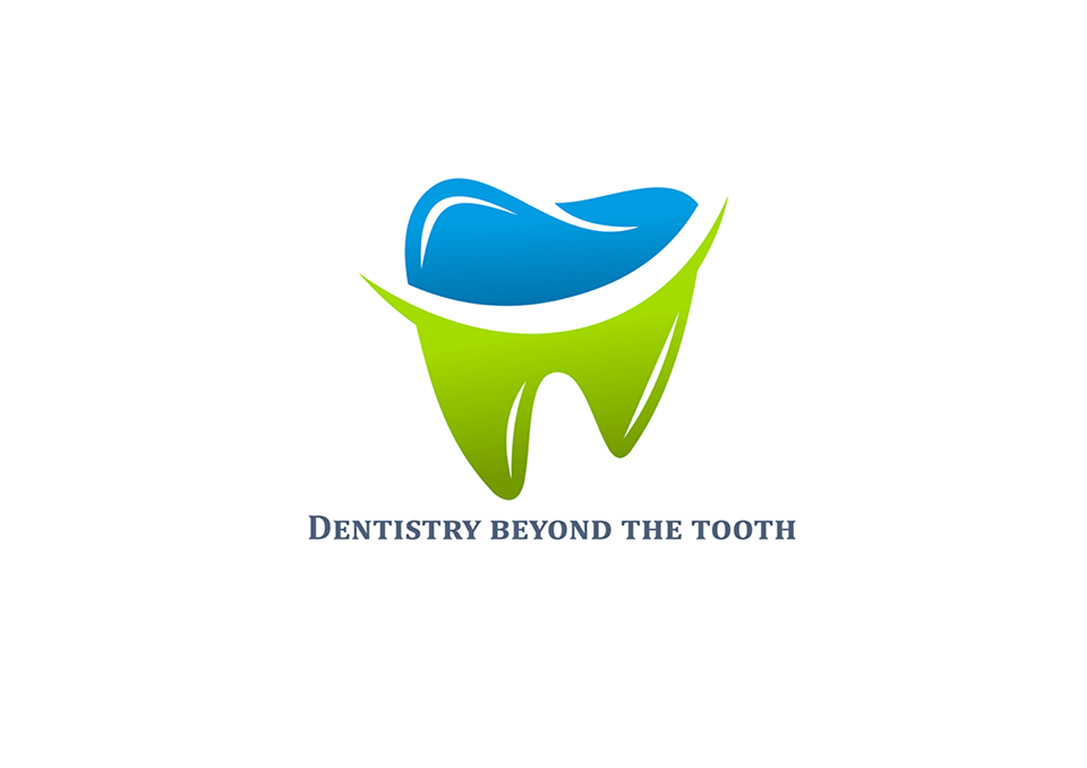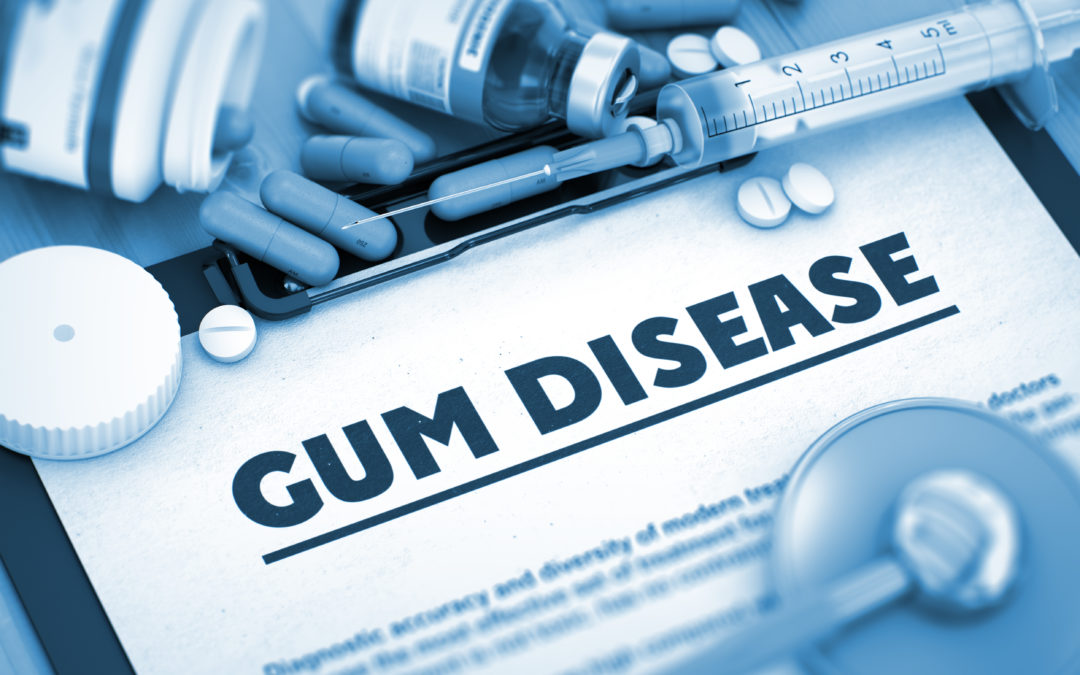Gum disease is one of the most commonly occurring illnesses in all societies. Periodontal disease affects approximately 75 percent of adults over age 30 and is the leading cause of tooth loss. Periodontal disease begins with an accumulation of plaque — a sticky deposit of mucus, food particles, and bacteria that adheres to your teeth at the gum line.
Dr Neale is highly concerned with early diagnosis and treatment of conditions affecting gum tissue. Without early detection serious forms of gum disease can occur. Advanced gum disease can result in irreversible damage not only to the teeth and gums, but also can affect the entire body if not treated promptly.
Gum disease can be prevented in a majority of cases if diagnosed during early stages. The use of the phase contrast dental microscope can detect the early onset of changes within the periodontal bacteria allowing Dr. Neale to use and recommend an appropriate remedy for that particular bacterium. By using conventional treatments, Dr. Neale is able to prevent and/or control the disease. On the contrary, if the diseased condition is left alone, the gums may become very painful and swollen, red or bluish in color, recede, and bleed easily. In time, tooth sockets become so eroded that teeth loosen and fall out or must be extracted.
Without proper preventative care and nutritional defense, the gums and supporting structures become vulnerable to bacterial invasion.
Dr. Neale uses a digital dental microscope as part of his comprehensive preventative care exam. On the microscopic slides healthy conditions reveal low levels of bacteria, white blood cells, and some red blood cells. Dr. Neale looks for low motility, which is movement, and low count of bacteria. The bacteria, especially the rods and spirochetes, are responsible for the bleeding and destruction of the gums and bone.
An alarming find of oral spirochetes may have dramatic biological effects on the whole body. These long, slender, corkscrew-shaped microbes are found in the oral cavity in various numbers and forms. They have been strongly implicated as playing a role in the etiology of periodontal disease.
The bacteria initiates a response by the immune system known as inflammation which presents itself with bad breath, bleeding, swelling, and painful gums. The microbes hide deep in the periodontal pocket where the roots of the teeth are located.
Bacteria that invade and infect the gums and bone around the teeth are difficult to reach. Deep inside the tooth pocket the bacteria colonize, thrive, replicate, and find their way into the bloodstream. Because the infection is difficult to reach, the inflammatory process is prolonged, becomes detrimental to other systems in the body, and depletes immune system reserves.
Bacteremia (bacteria in blood) may promote or complicate systemic conditions such as: diabetes, coronary heart disease, cardiovascular disease, lung infections, abscesses, premature low birth weight babies, Alzheimer’s disease, and osteoporosis.
Long term exposure to spirochetes can develop into systemic chronic inflammatory diseases that resurface later in life. Oral spirochetes associated with chronic conditions are similar to those found in syphilis, Lyme disease, and atherosclerotic heart disease. Another spirochete that is thought to populate the gingival sulcus is Helicobacter pylori which is the bacteria that causes stomach ulcers and cancer.
Most spirochetes are free-living and anaerobic (don’t require oxygen to survive). They flourish in an environment that supports this condition. Acidosis (an acidic condition of the body) which reduces available oxygen to the cells can contribute to the increased presence of these bacteria.
When these microorganisms are discovered, irrigation of the gums with a bactericidal agent is used prior to any invasive dental treatment to avoid causing a bacteremia (bacteria circulating throughout the blood stream). These include various anti-microbials to kill any active pathogenic organisms.
The microscope has many different functions in aiding the prevention and treatment of periodontal problems such as:
- Better inspection and evaluation of the gums in the mouth
- Detection of micro-inflammation
- Early detection allowing for non-surgical gum treatment
- Evaluate treatment effectiveness through monitoring the bacteria under microscope during periodontal wellness appointments
- Allows the patient to view real time visual images of the bacteria which improves patients’ compliance with the treatment
- Prescription & non-prescription toothpaste and mouthwash depending on what kind of bacteria is present in the periodontal pocket.
- Dr. Neale offers this evaluation, a quick, easy, and painless assessment of oral bacteria and presents immediate feedback before the patient leaves the office. Dr. Neale also may measure saliva pH for patients with high load of spirochetes.
The only way to fight the disease when it reaches this stage is to keep the immune system strong by practicing good daily oral hygiene, which includes brushing teeth with natural toothpaste twice a day, using dental floss, irrigating gum pockets with water gum irrigation device, Hydrofloss, using organic natural herbal irrigation, physical health and proper nutrition.
In order to prevent gum disease, it is important that patients adopt a good daily oral hygiene routine, and attend regular dental check-ups with Dr. Neale who can identify early signs of gum disease that may not be noticeable to patients.

